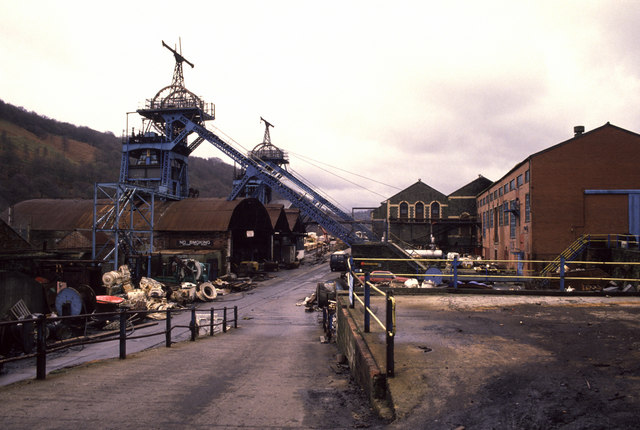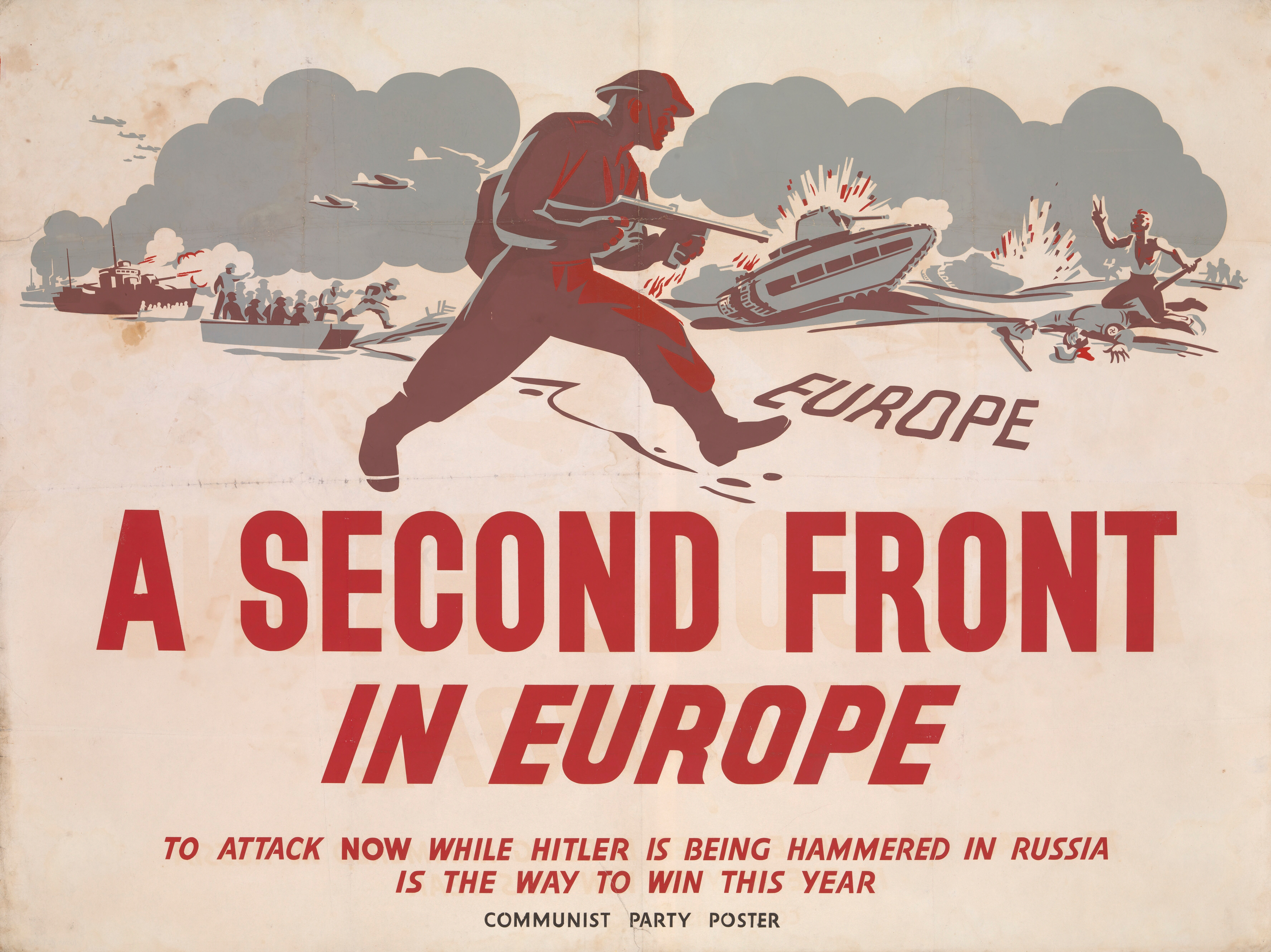|
Six Bells Colliery
Six Bells Colliery was a colliery located in Six Bells, Abertillery, Gwent, Wales. On 28 June 1960 it was the site of an underground explosion which killed 45 of the 48 miners working in that part of the mine. It is now the site of the artistically acclaimed '' Guardian'' memorial to those events, designed by Sebastian Boyesen; although the memorial primarily commemorates those who died at Six Bells, it is dedicated to all mining communities wherever they may be. Sinking The colliery was originally opened as Arael Griffin on the site of an earlier balance shaft which had been sunk in 1863 by Thomas Phillips Price at Hafod Van. In 1892 John Lancaster and Co. began sinking two shafts on the opposite side of the Ebbw Fach River. On 9 February 1895 four men lost their lives during the shaft sinking, when the bowk (large barrel) in which they were riding capsized, and they fell to the shaft bottom. Private operation: 1896-1947 By 1896 it was owned by Partridge Jones and Co., whe ... [...More Info...] [...Related Items...] OR: [Wikipedia] [Google] [Baidu] |
Six Bells Colliery, Abertillery
6 is a number, numeral, and glyph. 6 or six may also refer to: * AD 6, the sixth year of the AD era * 6 BC, the sixth year before the AD era * The month of June Science * Carbon, the element with atomic number 6 * 6 Hebe, an asteroid People * Alphonse Six (1890–1914), Belgian football player * Didier Six (born 1954), former French international footballer * Franz Six (1909–1975), Nazi official * Frederick N. Six (born 1929), Justice of the Kansas Supreme Court * James Six (1731–1793), British scientist * Jan Six (1616-1700), an important cultural figure in the Dutch Golden Age * Robert Six (1907–1986), Chief Executive Officer of Continental Airlines between 1936 and 1981 * Regine Sixt, German businessperson * Valérie Six (born 1963), French politician * Perri 6 (an extremely rare surname), social scientist * Six family, family of regents of Amsterdam, founded by Jan Six Music * Six (band), an Irish pop band created by a TV reality show * ''Six'' (musical), ... [...More Info...] [...Related Items...] OR: [Wikipedia] [Google] [Baidu] |
National Coal Board
The National Coal Board (NCB) was the statutory corporation created to run the nationalised coal mining industry in the United Kingdom. Set up under the Coal Industry Nationalisation Act 1946, it took over the United Kingdom's collieries on "vesting day", 1 January 1947. In 1987, the NCB was renamed the British Coal Corporation, and its assets were subsequently privatised. Background Collieries were taken under government control during the First and Second World Wars. The Sankey Commission in 1919 gave R. H. Tawney, Sidney Webb and Sir Leo Chiozza Money the opportunity to advocate nationalisation, but it was rejected. Coal reserves were nationalised during the war in 1942 and placed under the control of the Coal Commission, but the mining industry remained in private hands. At the time, many coal companies were small, although some consolidation had taken place in the years before the war. Formation and organisation The NCB was one of a number of public corporations c ... [...More Info...] [...Related Items...] OR: [Wikipedia] [Google] [Baidu] |
Underground Mines In Wales
Underground most commonly refers to: * Subterranea (geography), the regions beneath the surface of the Earth Underground may also refer to: Places * The Underground (Boston), a music club in the Allston neighborhood of Boston * The Underground (Stoke concert venue), a club/music venue based in Hanley, Stoke-on-Trent * Underground Atlanta, a shopping and entertainment district in the Five Points neighborhood of downtown Atlanta, Georgia * Buenos Aires Underground, a rapid transit system * London Underground, a rapid transit system Arts, entertainment, and media Films * ''Underground'' (1928 film), a drama by Anthony Asquith * ''Underground'' (1941 film), a war drama by Vincent Sherman * ''Underground'' (1970 film), a war drama starring Robert Goulet * ''Underground'' (1976 film), a documentary about the radical organization the Weathermen * ''Underground'' (1989 film), a film featuring Melora Walters * ''Underground'' (1995 film), a film by Emir Kusturica * ''The Undergroun ... [...More Info...] [...Related Items...] OR: [Wikipedia] [Google] [Baidu] |
Collieries In South Wales
Coal mining is the process of extracting coal from the ground. Coal is valued for its energy content and since the 1880s has been widely used to generate electricity. Steel and cement industries use coal as a fuel for extraction of iron from iron ore and for cement production. In the United Kingdom and South Africa, a coal mine and its structures are a colliery, a coal mine is called a 'pit', and the above-ground structures are a 'pit head'. In Australia, "colliery" generally refers to an underground coal mine. Coal mining has had many developments in recent years, from the early days of men tunneling, digging and manually extracting the coal on carts to large open-cut and longwall mines. Mining at this scale requires the use of draglines, trucks, conveyors, hydraulic jacks and shearers. The coal mining industry has a long history of significant negative environmental impacts on local ecosystems, health impacts on local communities and workers, and contributes heavi ... [...More Info...] [...Related Items...] OR: [Wikipedia] [Google] [Baidu] |
Communist Party Of Great Britain
The Communist Party of Great Britain (CPGB) was the largest communist organisation in Britain and was founded in 1920 through a merger of several smaller Marxist groups. Many miners joined the CPGB in the 1926 general strike. In 1930, the CPGB founded the ''Daily Worker'' (renamed the ''Morning Star'' in 1966). In 1936, members of the party were present at the Battle of Cable Street, helping organise resistance against the British Union of Fascists. In the Spanish Civil War the CPGB worked with the USSR to create the British Battalion of the International Brigades, which party activist Bill Alexander commanded. In World War II, the CPGB mirrored the Soviet position, opposing or supporting the war in line with the involvement of the USSR. By the end of World War II, CPGB membership had nearly tripled and the party reached the height of its popularity. Many key CPGB members became leaders of Britain's trade union movement, including most notably Jessie Eden, Abraham Lazaru ... [...More Info...] [...Related Items...] OR: [Wikipedia] [Google] [Baidu] |
Ness Edwards
Ness Edwards (5 April 1897 – 3 May 1968) was a trade unionist and Welsh Labour Party politician: he served as Member of Parliament (MP) for Caerphilly from July 1939 until his death. He was born in Abertillery, Monmouthshire, Wales, the second of six children of Onesimus Edwards Snr and his wife Ellen. A coal miner and trade unionist, he started work at the Penybont colliery on 5 April 1910, his 13th birthday. By the age of 17 he was elected chairman of the miners lodge at the Arriel Griffin colliery. In 1917, at the age of 20, he was imprisoned as a conscientious objector to military service in the First World War. He had joined the Independent Labour Party in 1915, and through the ILP he came into contact with the No Conscription Fellowship. When conscription was introduced in 1916, Ness Edwards' conscientious objections to compulsory service were 'absolutist' and based on his trade union and socialist principles. He was treated harshly - imprisoned with hard labour at ... [...More Info...] [...Related Items...] OR: [Wikipedia] [Google] [Baidu] |
Angel Of The North
The ''Angel of the North'' is a contemporary sculpture by Antony Gormley, located in Gateshead, Tyne and Wear, England. Completed in 1998, it is believed to be the largest sculpture of an angel in the world and is viewed by an estimated 33 million people every year due to its proximity to the A1 road (Great Britain), A1 and A167 road, A167 roads and the East Coast Main Line. The design of the Angel, like many of Gormley's works, is based on Gormley's own body. The Cor-Ten, COR-TEN weathering steel material gives the sculpture its distinctive rusty, oxidised colour. It stands tall with a wingspan of which is larger than a Boeing 757 aircraft. The vertical ribs on the body and wings of the Angel act as an external skeleton which direct oncoming wind to the sculpture's foundations, allowing it to withstand wind speeds of over . The sculpture was commissioned and delivered by Gateshead Council who approached Gormley to be the sculptor. Although initially reluctant, Gormley agr ... [...More Info...] [...Related Items...] OR: [Wikipedia] [Google] [Baidu] |
Antony Gormley
Sir Antony Mark David Gormley (born 30 August 1950) is a British sculptor. His works include the ''Angel of the North'', a public sculpture in Gateshead in the north of England, commissioned in 1994 and erected in February 1998; '' Another Place'' on Crosby Beach near Liverpool; and '' Event Horizon'', a multipart site installation which premiered in London in 2007, then subsequently in Madison Square in New York City (2010), São Paulo, Brazil (2012), and Hong Kong (2015–16). Early life Gormley was born in London, the youngest of seven children, to a German mother and a father of Irish descent. His paternal grandfather was an Irish Catholic from Derry who settled in Walsall in Staffordshire. The ancestral homeland of the Gormley Clan (Irish: ''Ó Goirmleadhaigh'') in Ulster was East Donegal and West Tyrone, with most people in both Derry and Strabane being of County Donegal origin. Gormley has stated that his parents chose his initials, "AMDG", to have the inferen ... [...More Info...] [...Related Items...] OR: [Wikipedia] [Google] [Baidu] |
Rowan Williams
Rowan Douglas Williams, Baron Williams of Oystermouth, (born 14 June 1950) is a Welsh Anglican bishop, theologian and poet. He was the 104th Archbishop of Canterbury, a position he held from December 2002 to December 2012. Previously the Bishop of Monmouth and Archbishop of Wales, Williams was the first Archbishop of Canterbury in modern times not to be appointed from within the Church of England. Williams's primacy was marked by speculation that the Anglican Communion (in which the Archbishop of Canterbury is the leading figure) was on the verge of fragmentation over disagreements on contemporary issues such as homosexuality and the ordination of women. Williams worked to keep all sides talking to one another. Notable events during his time as Archbishop of Canterbury include the rejection by a majority of dioceses of his proposed Anglican Covenant and, in the final general synod of his tenure, his unsuccessful attempt to secure a sufficient majority for a measure to allow ... [...More Info...] [...Related Items...] OR: [Wikipedia] [Google] [Baidu] |
Archbishop Of Canterbury
The archbishop of Canterbury is the senior bishop and a principal leader of the Church of England, the ceremonial head of the worldwide Anglican Communion and the diocesan bishop of the Diocese of Canterbury. The current archbishop is Justin Welby, who was enthroned at Canterbury Cathedral on 21 March 2013. Welby is the 105th in a line which goes back more than 1400 years to Augustine of Canterbury, the "Apostle to the English", sent from Rome in the year 597. Welby succeeded Rowan Williams. From the time of Augustine until the 16th century, the archbishops of Canterbury were in full communion with the See of Rome and usually received the pallium from the pope. During the English Reformation, the Church of England broke away from the authority of the pope. Thomas Cranmer became the first holder of the office following the English Reformation in 1533, while Reginald Pole was the last Roman Catholic in the position, serving from 1556 to 1558 during the Counter-Reformatio ... [...More Info...] [...Related Items...] OR: [Wikipedia] [Google] [Baidu] |






